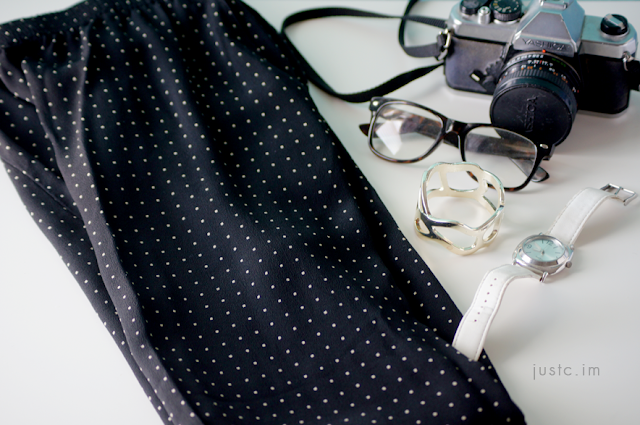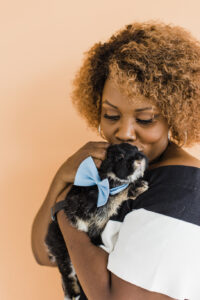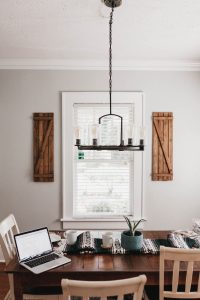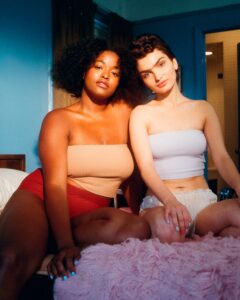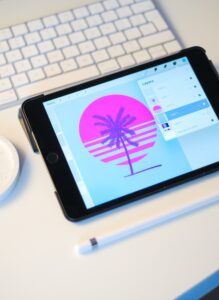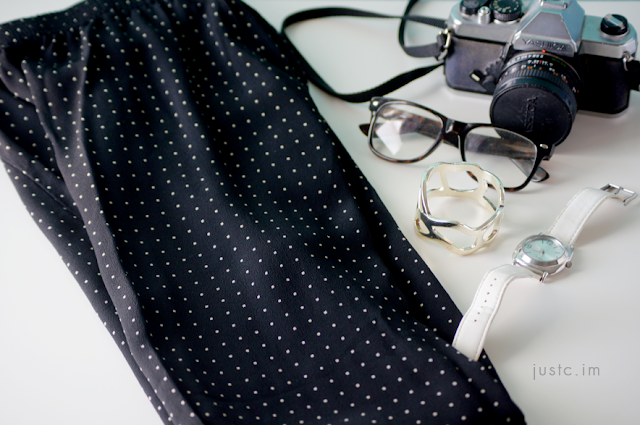
Everything (excluding glasses and camera) just under $10!
I started thrifting when I need and to want to go shopping didn’t match my bank account. It developed when I realized a lot of trends are just repeats of what was popular 10 years ago and there was no need to pay the tag when I can find that style in stores.
And while I don’t thrift everything (more on that later), it has become easier and a bigger hobby of mine when I have the time.
If anything, I learned that you need to have time and patience to go through clothes and put together outfits. Mix and match or wear something thrifted *head-to-toe. How do you get started? Follow the jump for more!
What I thrift:
Blazers:
I have never been required to wear a blazer, but I love them because you can pair it with something simple and you’ll have a chic classic look in a matter of seconds. However, blazers can be expensive, and since I wear them more for the style than need, I don’t find it necessary to buy something super expensive. Most blazers run me 5-10 bucks, depending on the brand.
Dresses and skirts:
Long are the days that Little House on the Prairie style dresses and skirts are the only ones gracing the rack. You can find a lot based on your style. I’m not a typical dress/skirt wearer (except in the summer because it is hot), but I love the ones I find when I’m out.
Pants/shorts**:
Trick? A lot of stores will donate their clothes to thrift stores if they’re out of season (tax write-off), so I try to find some with the original tag that hasn’t been worn. If I happen to find pants I love that aren’t “new,” I do a careful examination over the crotch/inner leg area to make sure there aren’t any holes or stains (I know, gross). If it passes the first test, they receive deep prayer and washing before they are worn.
Shirts**:
I follow the same guide as I do with pants and stay away from purchasing most knit shirts as they hold odor and stains. Besides, I wear basics so much I’d rather go to J Crew, Old Navy, or H&M to find pick up a variety.
Purses/Bags:
Not really a big fan of big names, but I once scored a Kenneth Cole laptop bag for $10, and my day was made. A few scuffs but it definitely was worth the find.
Old t-shirts:
Generally for working out so I can cut the sleeves. I make sure they’re unstained and 100 percent cotton.
Household items for decor and such:
If you’re redecorating your home, it’s very easy to things here that can be refurbished for a fraction of the cost.
What I Don’t Thrift
Underwear: Grossness level on tril in my book. No details to explain this.
Shoes: Unless they have the tag, I’m not down with the potential of Athlete’s foot or foot fungus. Ew
PJs: Something about sleeping in something someone else has slept in. No thanks, no thanks.
Swimwear: Goes with the grossness level of underwear. I just…can’t.
Bedding: Because…bed bugs. Ewwww
Cookware/electronics: I scored a cast iron skillet once at a thrift store but it was packaged (why aren’t ya’ll using these?) but other than that, I stay away. Sure a college student could have donated it while cleaning out the apartment, but they can also be so messed up the coating is has come off and you’re in a bit of a pickle. Plus, if you have food allergies, you don’t want to risk it.
Electronics: This isn’t an absolute no, but see if you can test said electronics in the store. I have seen some vintage cameras that I wouldn’t pass upon.
How to Shop
Plan and research: Research thrift stores in the area if you can. Even if they don’t have a website, there might be Yelp scores to help you out. If you have a list of places to go it cuts down on time and aggravation.
Take your time: This is not going to be a run in, run out task. Since most don’t have a return policy (or a very strict one), you want to make sure it not only fits, but you’re not using skimming over any holes or stains that are beyond repair.
Try on everything: I try things on over the clothes and can get a good idea if it will work out or not. Again, because there’s no return policy, you want to make sure it looks/fits right.
Learn to sew: I can sew a hole, I can change some buttons. I eventually want to cut things up and redesign certain pieces, but I’m not there yet. However, learning how to do basic stitches with a needle and thread can save you money and allow you to be more creative. Love the shirt but hate the buttons? Change it out. A small hole somewhere? Sew it up.
Pinterest: I’ve found bloggers via Pinterest who provide DIY tips for revamping and transforming certain pieces. Save them to your board for future reference.
Size doesn’t matter: This goes in general (thrifting or not), but especially when you thrift, remember size doesn’t matter. I have pieces that range between a small to XXXL. It all depends on the type, how much it has stretched, or if it has shrunk (shrunk is such a weird word). If it looks like it could fit, take hold of it and try it on. If it doesn’t it doesn’t. Remember, a size is a number, not a determination of who you are.
Where to Thrift:
Local thrift stores are the best because you’re supporting your community as opposed to an organization. I want to shop at Goodwill, but I can’t support an organization that exploits disabled workers and pays them below minimum wage.
Consignment stores and thrift stores are not the same. You can find vintage pieces in thrift stores, but generally, they are not considered vintage unless noted. Also, most items at thrift stores have been donated, as opposed to being bought. Consignment stores often carry higher-end items that they have bought. The prices are likely to be higher as well.
Got any questions on thrifting or what items to thrift? What tips do you live by?
-C

